Four threats that have led the population to the brink of extinction
In 2018, our hearts broke when Talequah, a female Killer Whale, carried her dead baby for over two weeks until she finally let her child slip into the ocean’s deep. The loss was immense for Talequah, and for all of us. Even more heartbreaking is the fact that, with only 73 individuals left in the world, the entire Southern resident Killer Whale population is hanging on by a thread. So what are they up against?
Inbreeding
With such a tiny population, Southern resident Killer Whales have little option but to partake in inbreeding. Sadly, this has led to some terrible repercussions. A recent study conducted by The Nature Conservancy and the genomics company BGI decoded the DNA of approximately 100 individuals in this population (some of which have died since the study concluded). They discovered that inbreeding actually makes Southern resident Killer Whale individuals more vulnerable to diseases and other health risks. This has led to a staggering drop in their numbers. Researchers found that whales that were highly inbred had less than a 50 per cent chance of surviving their reproductive years than whales that were not inbred. Moreover, females in this population (that may not survive past their reproductive years due to this inbreeding) only produce approximately 1.6 offspring in their lifetime.
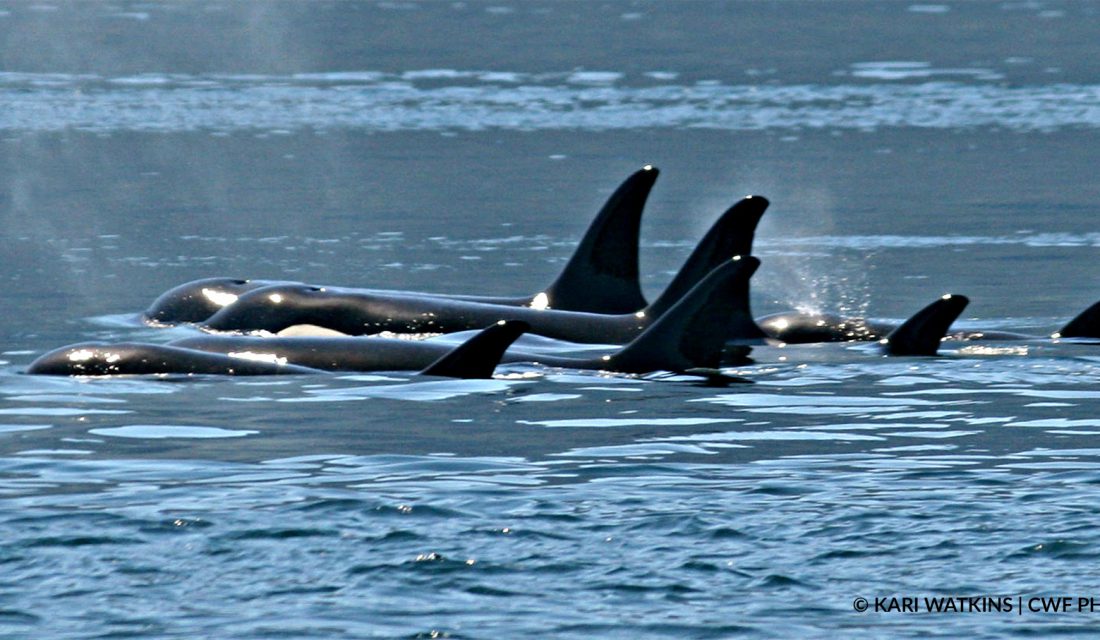
A Low Fat Diet
Chinook Salmon are easily the Killer Whale’s favourite food to eat. Sadly, the Southern resident population has been facing food shortages for over five years now. Moreover, it turns out that some Chinook Salmon are more calorie dense than others. When Chinook Salmon arrive in the early spring, they are richer in lipids (fat). The Chinook Salmon individuals that arrive later in the season are lower in lipids. Guess which salmon individuals our Southern resident Killer Whales are chowing down on? You got it. The ones with lower lipids. The sad reality is that our Killer Whales would have to eat about 80,000 more low lipid Chinook Salmon in a single year to get the same nutrition they’d get (and need!) if they simply had access to the high-lipid salmon in the first place.
Toxic Pollutants
Scientists have found a variety of chemical pollutants in the bodies of Killer Whales in British Columbia. However, one of the most alarming and prevalent chemicals found in the mix is 4-nonylphenol (4NP), a compound often used in the toilet paper processing along with soap and detergents. Shockingly, 46 per cent of the pollutants found in the bodies of these Killer Whales belonged to this very compound. Considering that this pollutant can mess around with the nervous system and might interfere with cognitive function, we should all be concerned. How did the whales end up with this substance inside of their bodies in the first place? Runoff. When the industry uses the compound, it can easily seep into our oceans through the sewage system and runoff in general. Then small organisms will ingest the chemical, and slowly but surely it will work its way through the food chain.
Noise Pollution
Did you know that Killer Whales are wildly social animals? It’s true. Pods can be made up of dozens of individuals. And communicating with one another is of the utmost importance to their survival. Every pod has its own dialect – they have their own unique set of clicks and whistles. They use this dialect to hunt as a team – rounding up Chinook Salmon is a lot easier when you’ve got a dedicated group of individuals to work with. But you can only work with other Killer Whales if you can hear them. And herein lies the problem. Noise pollution has thrown an awful wrench into their ability to communicate. Researchers have found that noise pollution can completely throw off marine mammals like Killer Whales and they’ve been observed participating in some odd behaviour after being exposed to noise pollution. One such example includes a dramatic increase in the number of whales that beached themselves (126 individuals) between 1950 to 2004 after thee whales were subjected to high power sonar.

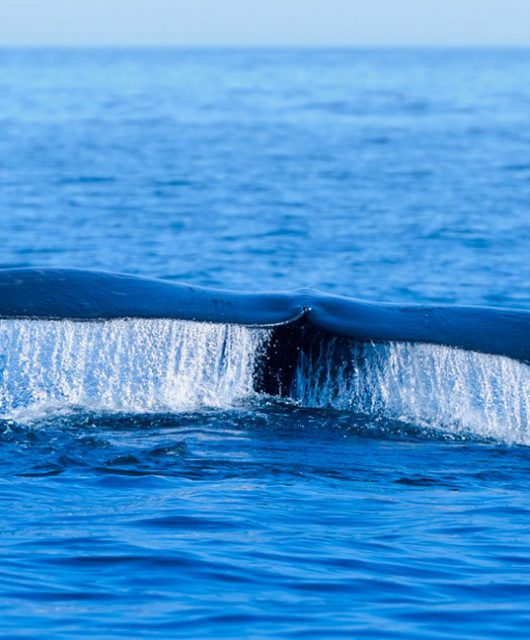
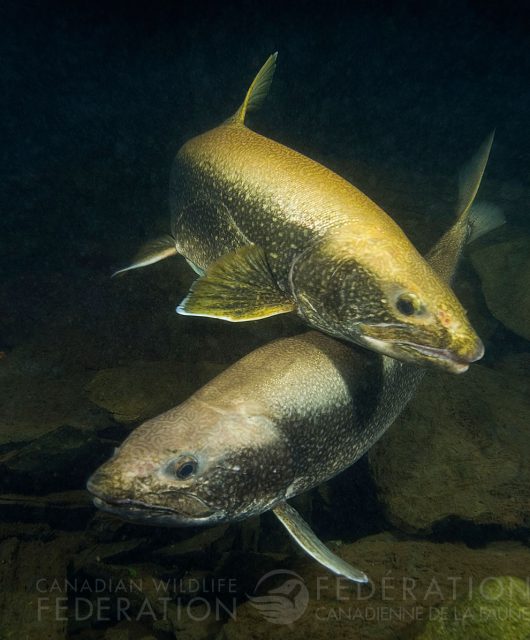
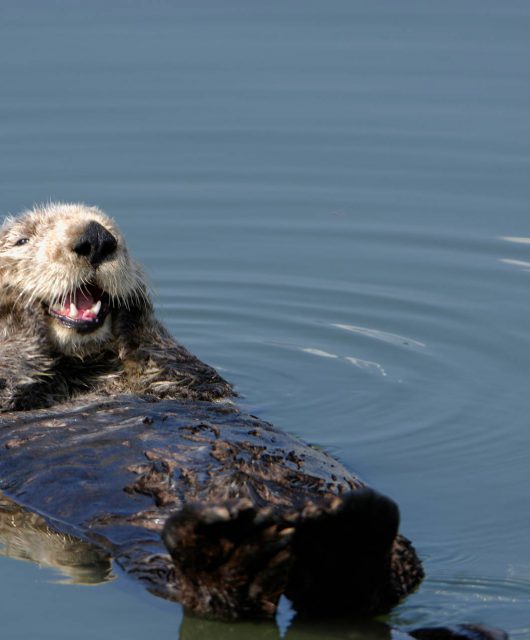
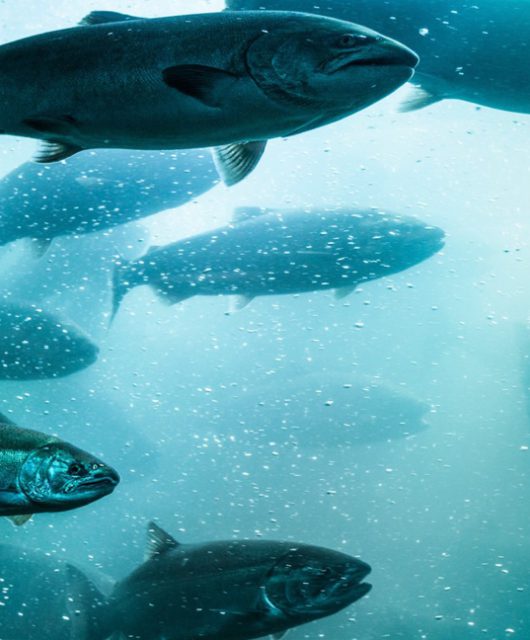
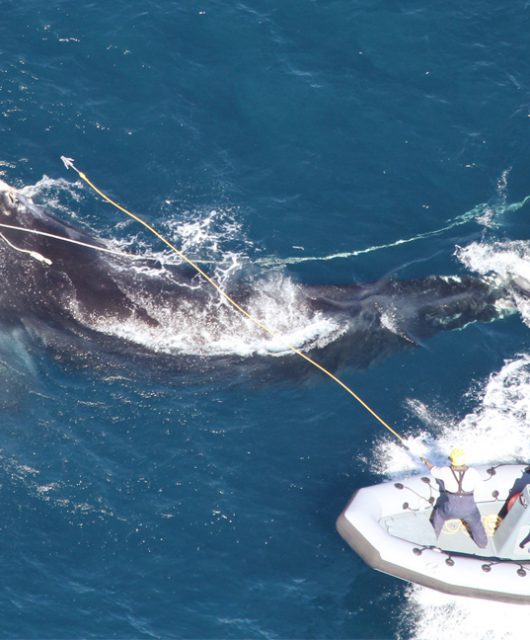
1 comment
Why are the lipid dense Chinook so scarce? Is it the white fleshed Chinook? and can they be propogated and increased in hatcheries to replace depleted populations?
I am deeply concerned about the proposed doubling of the port facility in the Fraser River estuary. This area is already seriously compromised, with more than 100 species at risk. The environmental damage that will occur if the port is expanded must be avoided in every way possible. It could destroy the remaining juvenile Chinook that depend on the estuary for their transition from river to ocean. The Orcas depend on Chinook for food and so this puts the Orcas’ survival in jeopardy.